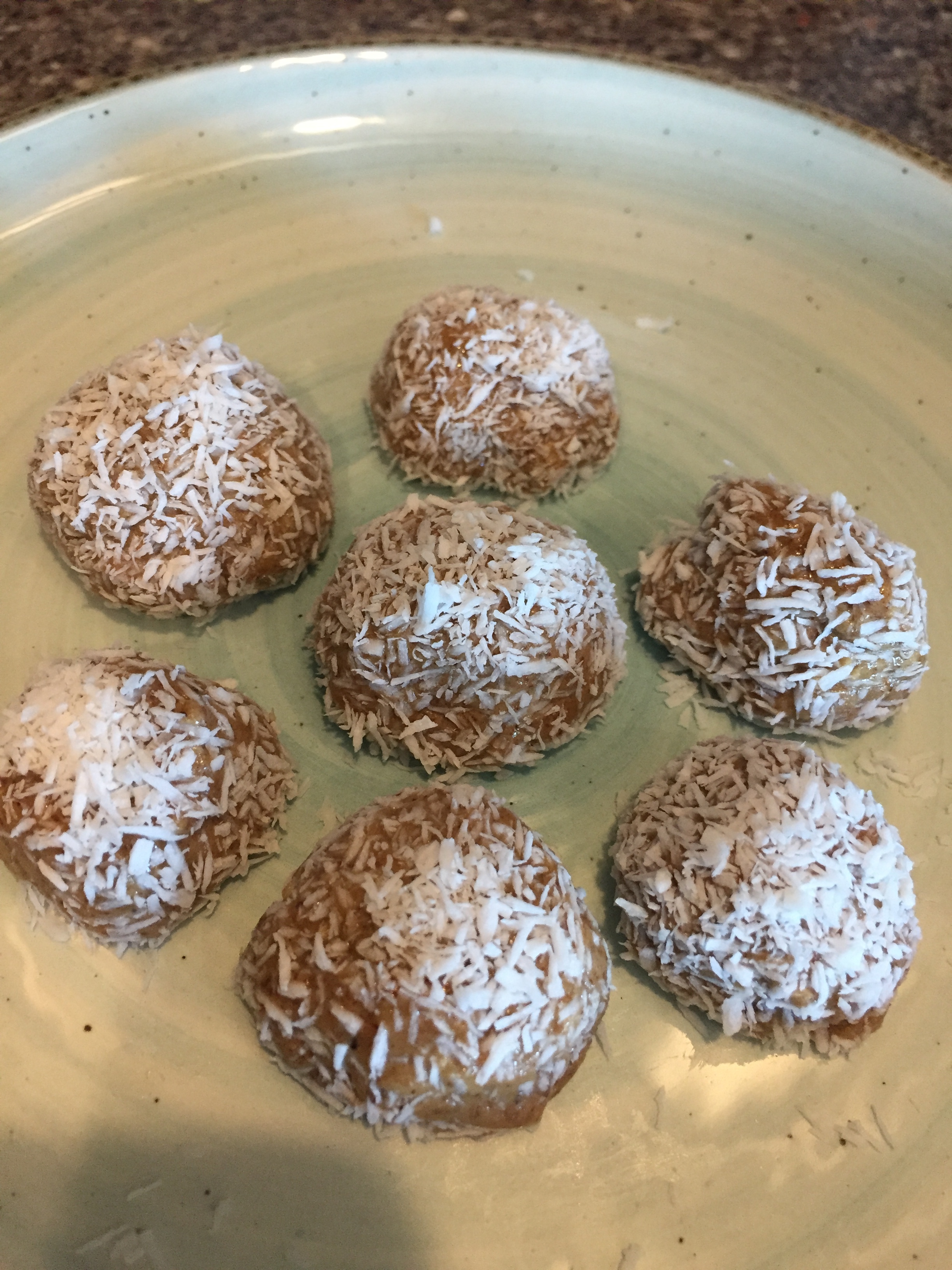The Ketogenic Diet: Do’s and Don’t to get it Right plus a Recipe!
Are you thinking of starting the ketogenic diet?
Have you been on the keto diet but find your progress has stalled?
Would you like to get more out of the ketogenic diet than you thought possible?
If so, read on to discover my do’s and don’ts of the ketogenic diet to help you do it right. Make sure you scroll to the bottom of the post for a fast and delicious keto recipe!
Doing Keto Right
You may already be familiar with the ketogenic diet and the many benefits it can provide, including those for brain health.
You may, in fact, already be on the ketogenic diet for your own health reasons. If so, it’s a good idea to review important aspects of it to make sure you are following the diet correctly. It’s also wise to remind yourself of a few key points that you may have forgotten along the journey. Doing so will ensure you get the most out of the ketogenic diet so that it can work optimally for you.
These tips may also be helpful if you’ve stumbled across a roadblock or are frustrated by stalled progress. Reviewing the following elements of the diet can help you make the necessary tweaks to get back on track.
For those of you who are not currently on the ketogenic diet but who are thinking of giving it a go, you’ll also want to read my do’s and don’ts when it comes to following the diet correctly in order to help you do it right.
7 Ways to DO the Ketogenic Diet Properly
1. Do use only certain types of fat for cooking - Certain fats do well cooked at higher temperatures while others do not. In fact, heating destroys the delicate molecular structure of some lipids, making them volatile and destructive when consumed. For this reason, only use olive oil, avocado oil, and butter to drizzle on food that has already been cooked. Never heat these fats past medium, as they can create oxidative damage - the exact thing you want to avoid! Fortunately, there are alternate fats that can withstand the heat, including coconut oil, lard, and grass-fed tallow. These are the best fats to cook with. Alternatively, other fats including butter, MCT oil, and cocoa butter work well when mixed or blended into dishes, as they add flavour, creaminess, and/or extra fat calories when needed.
2. Do drink more water - Just when you think you’ve had enough water, drink some more! Not only is water essential to life, it’s especially important to the keto diet for several reasons. Your body stores glycogen in water within your muscles, so as you burn through stored glycogen, your body’s water stores are being burned through, as well. When water stores deplete, you can become dehydrated. Water can also help curb cravings, make you feel full longer, and help you metabolize fat faster.
3. Do choose quality meats - Choose high-quality grass-fed beef, pasture-raised poultry or pork, and wild-caught fish. Consuming meat from animals that have been humanely raised and not treated with antibiotics or hormones will help keep your diet as clean and healthy as possible. When the animals are happier and healthier, there is less risk of bacteria or contamination and the meat is more nutritious. An added benefit is that both local farmers and the ecosystem benefit.
4. Do plan meals ahead of time - Following a meal plan not only helps you stay on track but prevents you from giving in to temptations. Preparing meals ahead of time is part of the planning process and will ensure you get the right ratio of protein to fats to carbs you need to maintain ketosis. And when you need to travel, have snacks, pre-made meals, and keto-friendly options you can order at any restaurant in mind, so that your nutritional needs will be met.
5. Do eat vegetables at every meal - Eat a variety of vegetables every day, with every meal. Though some veggies are higher in carbs than others, a variety of colourful vegetables, especially leafy greens, will provide an array of nutrients and live enzymes to keep your cells healthy and happy.
6. Do stop eating when you are full - We may have been taught not to leave the table before our plate is empty, but it’s time to throw that notion out the window! Eating healthfully, whether on the ketogenic diet or not, involves us being in tune with our needs and listening to our body. Simply put, when you start to feel full, it’s time to put the fork down. This will save unnecessary calories, prevent you from feeling bloated, and perhaps more importantly, allow you to be more in tune with the signals your body emits. If we fail to listen to what our body has to say, we can become desensitized to these crucial signals and immune to their effects.
7. Do practice gratitude whenever you eat - Eating mindfully and with appreciation can benefit both body and mind. It allows time for your body to register its fullness and will enable you to appreciate the food, its origins, flavours, and textures more. When you are grateful for what you have, you have a better perspective on life and can slow down to savour each precious moment and nourishing bite. Moreover, being in a restful, mindful state while eating can actually improve digestion.
7 DONT’S on the Ketogenic Diet
1. Don’t combine fats with carbs or sugars - This is a big one. Carbs convert into sugars in the body and have a similar blood-sugar-spiking effect. When sugars are combined with fats, even healthy ones, the body will start to burn the sugar and store the fat. This can be bad news if you are looking to lose weight. On days when your carb intake is higher than usual, adjust accordingly by reducing the amount of fat you’d usually consume to avoid gaining weight and storing fat.
2. Don’t overeat protein - Too much protein on a ketogenic diet can lower the production of ketones while increasing the production of glucose. Since nutritional ketosis is the goal, you must not over-consume protein. To help balance out the protein in your meals, combine them with fattier side dishes and sauces. And when eating a protein snack like jerky, counterbalance the protein by pairing it with something fatty (and delicious) like cheese.
3. Don’t eat calorically-dense processed foods - Not only are these ‘non-foods’ high in calories, but they are high in sugar, additives, and refined ingredients. This deadly combination has proven toxic to the body and brain as it promotes inflammation and disease. Eliminating high-calorie processed foods not only reduces the number of calories consumed in a day but redirects your eating to focus on nutritiously-dense, quality calories from whole foods that fuel the body and brain instead.
4. Don’t use vegetable oils - Vegetable oils, including canola, safflower, sunflower, and corn, have been severely damaged and denatured during high heat processing. This process creates volatile free radicals which increase oxidative damage, resulting in inflammation and disease.
5. Don’t overload on carbs or starchy vegetables - The key to a ketogenic diet is keeping your carbohydrate intake low. To do this, avoid carbohydrate-rich foods like bread and pasta, as well as starchy vegetables like potatoes and turnips. Remember that when you do indulge in that sweet potato, which you should do on occasion, adjust your fat intake accordingly.
6. Don’t obsess over macros - Though some people find it helpful to track every morsel of food consumed in order to get their macros “just right,” this is usually unnecessary unless you are just starting out. Once you get the hang of things and discover what you can eat to get in and stay in nutritional ketosis, macro counting can become daunting. Becoming obsessed with your macros can actually do psychological harm, especially if you have been a habitual dieter or have an eating disorder. It’s best to have a general idea of what you need to eat each day, then do what you can to stick to it and listen to your body. When you become more in tune with what your body has to tell you, you’ll know when you need more carbs, more water, or more sleep.
7. Don’t worry if you slip up - Yes, mistakes and slip-ups happen. You’re human. Don’t beat yourself up over the occasional indiscretion. Get over it and get right back on track. Besides, it typically takes more that one carbohydrate-rich meal to knock someone out of ketosis.
Take it from me, as someone who’s followed the ketogenic diet for a while, I know how challenging it can be, especially when it comes to keto snacking. If you, like me, are always on the hunt for a fat-filled and nutritious keto snack, try my “Coconut Almond Bites”… they’re quick, easy, and delicious!
Coconut Almond Bites
Makes 6-8 Servings | 5 Min. Prep | 60 Min. Cooking Time
Ingredients:
3 Tbsp Almond butter
2 1/2 tsp Powdered erythritol*
2 tsp Coconut flour
1 tsp Collagen protein powder
Pinch sea salt
1/2 cup Shredded coconut (unsweetened)
Tools:
Mixing bowl
Spoon
Method:
Mix all ingredients, except the coconut in a small bowl.
Refrigerate or freeze until firm, at least one hour.
Roll mixture into 6-8 small bites.
Pour coconut flakes in a shallow dish and roll bites in coconut to coat.
Keep refrigerated in an airtight container until ready to eat.
Enjoy!
“ If you cannot find powdered erythritol, or if you are looking for an icing sugar substitute, blend 1 cup of erythritol with 1 tablespoon of arrowroot powder in a high-speed blender for 30 seconds. It creates the perfect keto icing sugar substitute! ”
Feel free to personalize this recipe however you wish. You can try stuffing each bite with a whole raw almond, use cocoa powder or chopped nuts for rolling instead of coconut, or simply spread some of the mixture on a celery stick. The base is delicious as is, so feel to enjoy it alone or add your favourite touches.
Hopefully, you find this recipe and my do’s and don’ts helpful. If you are following the ketogenic diet correctly, pat yourself on the back for a job well-done. Stick with it, and before you know it, you will have attained your goals.
As always, I welcome your feedback. Comment below or email me with your favourite keto tips. I’d love to hear from you!


